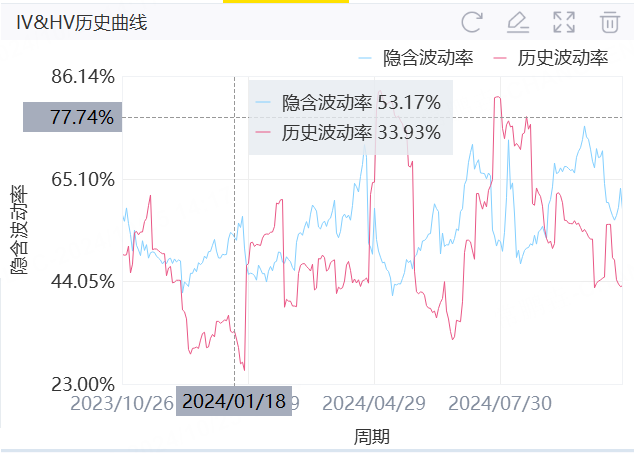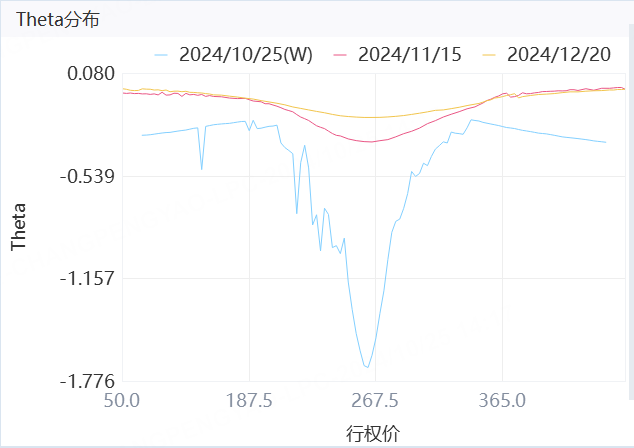Selling options—whether it's call options or put options—can be a high-risk strategy. Unlike buying options, selling them can lead to significant, even unlimited, potential losses, depending on the type of option and the volatility of the underlying asset.
Risks of Selling Call and Put Options
When you sell a call option, if the underlying asset’s price shoots up above the strike price, the option buyer will exercise their right. You’ll end up buying the stock at a high market price and selling it at a lower strike price, leading to theoretically unlimited losses.
On the flip side, if you sell a put option and the underlying asset’s price falls below the strike price, the option buyer may exercise their option, forcing you to buy the asset at the strike price—even if the market price is much lower. This can result in substantial losses.
Key Considerations Before Selling Options
Keep an eye on changes in market volatility. Option premiums are closely tied to volatility levels. If you sell options during high volatility, a sudden spike can lead to losses. In such cases, it might be wise to wait for volatility to drop before buying back the options.
If volatility rises sharply, consider reducing your option positions or switching to safer strategies, like buying spread options or using protective options. This can help mitigate risk.

What to Do After Losing Money Selling Options
Losing money on sold options can be tough, but there are steps you can take to manage the situation:
1. Buy Back the Option Early
If your losses aren't catastrophic but the market outlook worsens, consider buying back the sold option to exit your obligation. This helps you avoid further losses, especially if you sold call options and the underlying asset's price keeps rising, or if you sold put options and the price continues to drop.
2. Set Stop-Loss Points
If your losses exceed a pre-set stop-loss threshold, close your position immediately to lock in those losses. This is a straightforward strategy, particularly during significant market fluctuations.
3. Roll the Options
Roll the Expiration Date: If the option is nearing expiration and you're facing exercise risk, you can buy back the current option and sell a new one with a later expiration date. This gives you more time to wait for a market rebound.
Roll to a Different Strike Price: If you're concerned about holding the original strike price, buy back the current option and sell one with a higher (for calls) or lower (for puts) strike price. This can help limit potential losses, though it may reduce the premium received.
4. Implement Spread Strategies
Add Hedging: If risk increases, hedge by buying related options. For instance:
- If you're losing on call options, buy a call option on the same underlying asset to create a bull call spread, limiting potential losses within a certain range.
- If you're losing on put options, buy a put with a lower strike price to form a bull put spread and reduce ongoing loss risk.
- Use Reverse Options: For example, if you've sold call options and the underlying price surges, consider buying a put option to prevent further losses from rising prices.
5. Accept Exercise and Adjust Positions
Accept Exercise
Sometimes, accepting exercise is a reasonable choice. If you sold call options and they're exercised, you'll need to sell the stock at the strike price, or if you sold puts, buy the stock at the strike price. After exercising, you can manage your position based on market conditions.
Shift to a Holding Strategy
If you incur losses from sold put options and get exercised, you’ll end up buying the stock at the strike price. You might consider holding the stock long-term and waiting for a price rebound or selling covered calls to further reduce your holding cost.

Comments